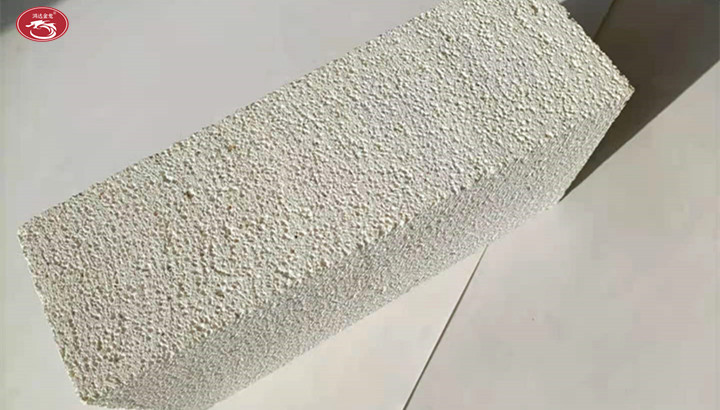(1) The laying sequence and height of light weight brick shall be determined according to the masonry structure.
(2) Light thermal insulation brick or light weight brick should be laid with staggered joints.

(3) Thick mud should be used for leveling light thermal insulation brick masonry. When local out-of-tolerance or embedded parts, special-shaped brick obstacles, it is appropriate to use processing brick leveling.
(4) When laying light insulation bricks, the ash laying method should be used at the flat joints and the ash lifting method should be used at the vertical joints.
(5) Light insulation brick masonry should not be set with expansion joints, but when other equipment and components of the activity of the correct on the thermal insulation firebrick, and the expansion value is large, should be in the range of the expansion value of refractory fiber or other elastic insulation material instead of light insulation brick.
(6) when the expansion joints of refractory masonry.In particular, when the direct expansion joint is directly opposite the thermal insulation masonry, the light insulation brick must be replaced by firebrick. Generally, standard firebrick shall be used for laying flat or vertical bricks to cover the expansion joint.
(7) Light thermal insulation brick should be manually squeezed to align, should not be struck with mallet, for the dry solid thermal insulation masonry shall not be struck, collision or other vibration.
(8) The width of the brick joints of heat-insulating masonry should be less than 5 mm.Mud grade and mix ratio must meet the design requirements, wet laying light insulation brick joints of the fullness must not be less than 80%.